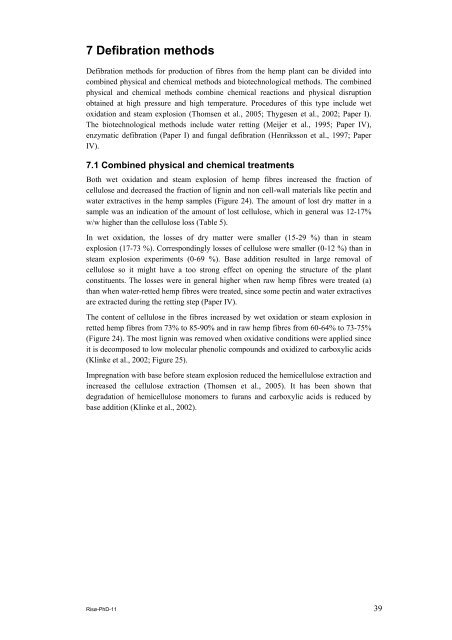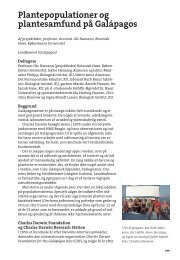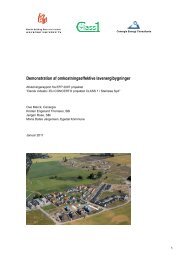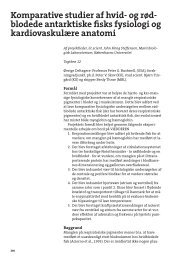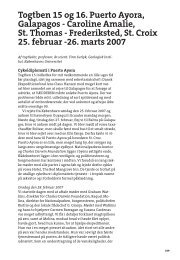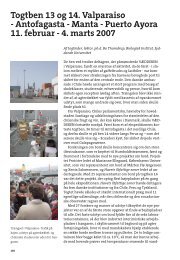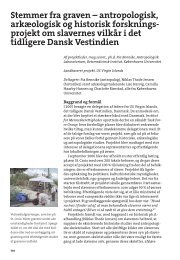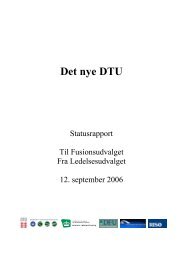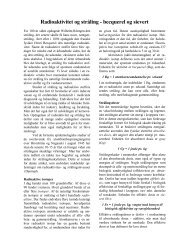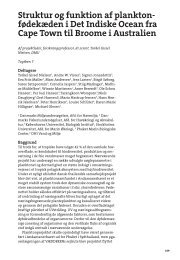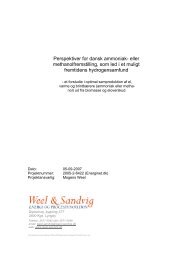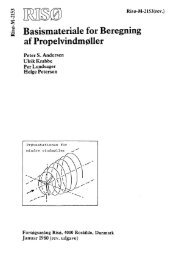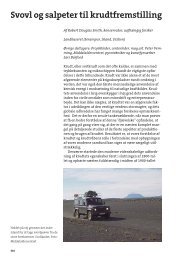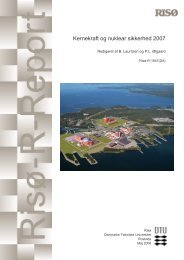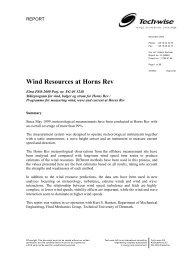Properties of hemp fibre polymer composites -An optimisation of ...
Properties of hemp fibre polymer composites -An optimisation of ...
Properties of hemp fibre polymer composites -An optimisation of ...
You also want an ePaper? Increase the reach of your titles
YUMPU automatically turns print PDFs into web optimized ePapers that Google loves.
7 Defibration methods<br />
Defibration methods for production <strong>of</strong> <strong>fibre</strong>s from the <strong>hemp</strong> plant can be divided into<br />
combined physical and chemical methods and biotechnological methods. The combined<br />
physical and chemical methods combine chemical reactions and physical disruption<br />
obtained at high pressure and high temperature. Procedures <strong>of</strong> this type include wet<br />
oxidation and steam explosion (Thomsen et al., 2005; Thygesen et al., 2002; Paper I).<br />
The biotechnological methods include water retting (Meijer et al., 1995; Paper IV),<br />
enzymatic defibration (Paper I) and fungal defibration (Henriksson et al., 1997; Paper<br />
IV).<br />
7.1 Combined physical and chemical treatments<br />
Both wet oxidation and steam explosion <strong>of</strong> <strong>hemp</strong> <strong>fibre</strong>s increased the fraction <strong>of</strong><br />
cellulose and decreased the fraction <strong>of</strong> lignin and non cell-wall materials like pectin and<br />
water extractives in the <strong>hemp</strong> samples (Figure 24). The amount <strong>of</strong> lost dry matter in a<br />
sample was an indication <strong>of</strong> the amount <strong>of</strong> lost cellulose, which in general was 12-17%<br />
w/w higher than the cellulose loss (Table 5).<br />
In wet oxidation, the losses <strong>of</strong> dry matter were smaller (15-29 %) than in steam<br />
explosion (17-73 %). Correspondingly losses <strong>of</strong> cellulose were smaller (0-12 %) than in<br />
steam explosion experiments (0-69 %). Base addition resulted in large removal <strong>of</strong><br />
cellulose so it might have a too strong effect on opening the structure <strong>of</strong> the plant<br />
constituents. The losses were in general higher when raw <strong>hemp</strong> <strong>fibre</strong>s were treated (a)<br />
than when water-retted <strong>hemp</strong> <strong>fibre</strong>s were treated, since some pectin and water extractives<br />
are extracted during the retting step (Paper IV).<br />
The content <strong>of</strong> cellulose in the <strong>fibre</strong>s increased by wet oxidation or steam explosion in<br />
retted <strong>hemp</strong> <strong>fibre</strong>s from 73% to 85-90% and in raw <strong>hemp</strong> <strong>fibre</strong>s from 60-64% to 73-75%<br />
(Figure 24). The most lignin was removed when oxidative conditions were applied since<br />
it is decomposed to low molecular phenolic compounds and oxidized to carboxylic acids<br />
(Klinke et al., 2002; Figure 25).<br />
Impregnation with base before steam explosion reduced the hemicellulose extraction and<br />
increased the cellulose extraction (Thomsen et al., 2005). It has been shown that<br />
degradation <strong>of</strong> hemicellulose monomers to furans and carboxylic acids is reduced by<br />
base addition (Klinke et al., 2002).<br />
Risø-PhD-11 39


